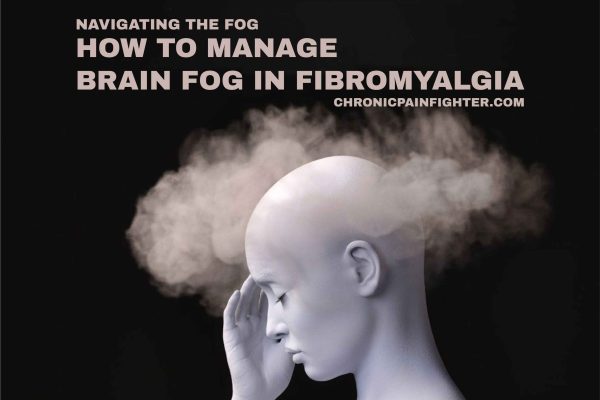Fibromyalgia is a chronic condition that causes widespread pain, fatigue, and other symptoms. While it primarily affects adults, children can also experience fibromyalgia. Recognizing the signs early is crucial for managing the condition and improving the quality of life for young patients.
Recognizing Fibromyalgia in Children
While symptoms can vary, here are some common indicators of fibromyalgia in children:
- Widespread Pain: Children with fibromyalgia often feel pain in many parts of their body, including their neck, back, arms, legs, and abdomen.
- Persistent Fatigue: They experience constant tiredness that impacts their energy levels and ability to participate in daily activities.
- Tender Points: Specific areas of the body become extremely sensitive to touch.
- Sleep Problems: Children with fibromyalgia often struggle to fall asleep, stay asleep, or wake up feeling refreshed.
- Cognitive Difficulties: They may experience “fibro fog,” making it hard to concentrate, remember things, or process information.
- Mood Swings: Depression, anxiety, and irritability are common in children with fibromyalgia.
- Headaches and Migraines: Frequent headaches or migraines can be a symptom.
- Stomach Issues: Abdominal pain, bloating, and digestive problems are also common.
Navigating the Diagnostic Process: A Collaborative Approach
Diagnosing fibromyalgia in children is complex and requires a team effort:
- Medical History and Physical Exam: Doctors carefully review the child’s medical history, including family history of fibromyalgia, and conduct a thorough physical exam.
- Tender Point Examination: Doctors press specific areas of the body to assess tenderness.
- Laboratory Tests: Blood tests and imaging studies help rule out other conditions that could cause similar symptoms.
- Psychological Evaluation: A psychologist can assess for co-occurring conditions like anxiety or depression.
- Pain Diary: Encourage children to keep track of their pain in a diary to help identify patterns.
- Excluding Other Conditions: Doctors must rule out other conditions that might mimic fibromyalgia, such as juvenile rheumatoid arthritis, lupus, or Lyme disease.
The Importance of Early Intervention: Managing Fibromyalgia in Children
Early diagnosis and treatment are key to managing fibromyalgia in children:
- Pain Management: Doctors may recommend over-the-counter pain relievers, physical therapy, and relaxation techniques to manage pain.
- Fatigue Management: Strategies for managing fatigue include regular exercise, healthy eating habits, and ensuring adequate sleep.
- Cognitive Support: Cognitive behavioral therapy (CBT) can help children cope with the cognitive difficulties associated with fibromyalgia.
- Emotional Support: Providing emotional support and understanding is crucial for children dealing with a chronic condition.
- Family Involvement: Involve families in the management process, as they can provide support and help children follow treatment plans.
Looking Ahead: Research and Future Directions
While there’s no cure for fibromyalgia, ongoing research is exploring new treatments and therapies:
- Pharmacological Treatments: Researchers are exploring new medications that target specific pathways involved in pain and fatigue.
- Complementary Therapies: Complementary therapies like acupuncture, massage, and yoga are being investigated for their potential benefits.
- Lifestyle Modifications: Researchers are examining the impact of lifestyle changes, such as exercise, diet, and sleep hygiene, on fibromyalgia symptoms.
Conclusion: Empowering Children and Families
Diagnosing fibromyalgia in children can be challenging, but it’s essential to recognize the condition and provide appropriate care. By understanding the symptoms, diagnostic criteria, and management strategies, healthcare professionals, parents, and children can work together to empower children to live fulfilling lives despite the challenges of fibromyalgia. Early intervention, comprehensive management, and ongoing research offer hope for children with fibromyalgia and their families.






